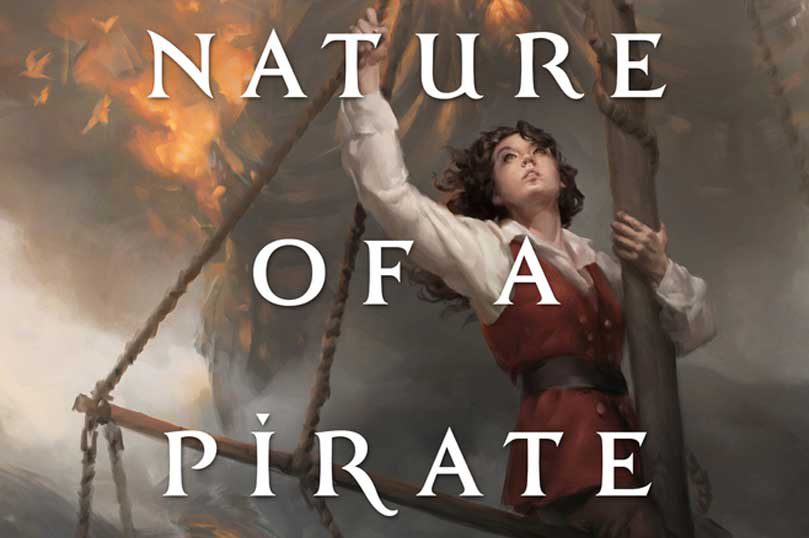
Going Rogue: A Pirate’s Life
Pirates! Are they dashing and romantic? Or villanous and bloody-minded? Author A.M. Dellamonica wants to know.

Pirates! Are they dashing and romantic? Or villanous and bloody-minded? Author A.M. Dellamonica wants to know.